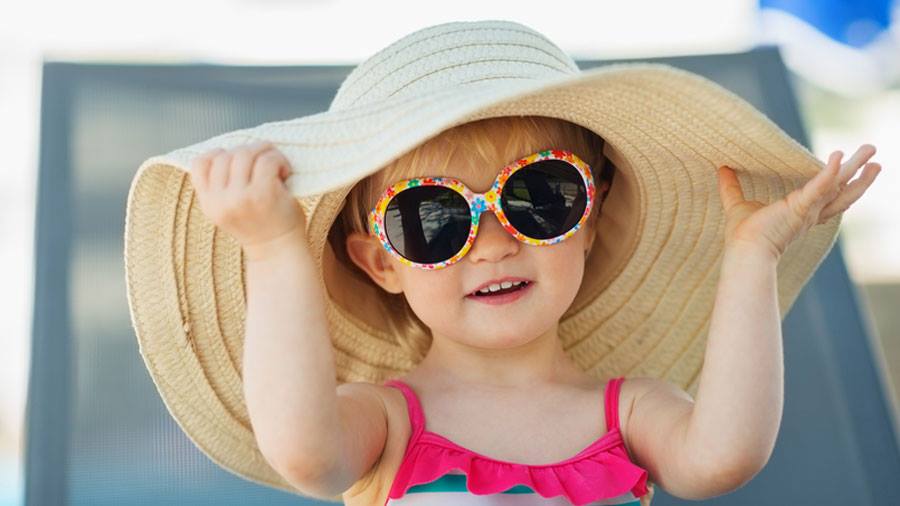Sun Smarts
Local dermatologists do their part to provide shade at outdoor recreation areas. You can help them to help kids reduce overexposure to the sun’s rays!
It’s summertime, and we want our children to pry themselves away from couches and screens—and to enjoy the outdoors. However, it’s not enough to encourage them out the front door; we also have to protect them from the dangers of too much sun exposure. Do more than plop a bill-cap on your kid’s head and tuck sunscreen in his backpack. Now, you can get involved in a local program to protect kids at their favorite outdoor haunts.
It all started about a decade ago, when Dr. Lycia Scott-Thornburg, at The Skin Institute at the Rapid City Medical Center, read about the Shade Structure Program. The program is sponsored by the American Academy of Dermatology (AAD), and it funds nonprofit organizations that want to build sunshades in playgrounds and sports facilities.
When she discovered that the Shade Structure Program’s focus was on the southern states, Scott-Thornburg did the only logical thing: “I thought: this is a great idea—why not start our own foundation?” With the enthusiastic support of her partners, friends, and community leaders, Made For Shade was born. This will be the ninth year it has provided local schools and organizations with permanent and/or portable awnings, canopies, sports umbrellas, playground tents, and shade trees.
“We help make play areas a safer place,” Scott-Thornburg says. “This is important because one in five Americans will develop some form of skin cancer—the most common of all cancers. We are determined to change these odds.”


Dr. Scott-Thornburg and the AAD have collected lots of scientific information—and some helpful hints—that support the premise of Made for Shade, including the following facts:
- Even one blistering sunburn during childhood or adolescence can nearly double a person’s chance of developing melanoma.
- Experiencing five or more blistering sunburns between ages 15 and 20 increases one’s melanoma risk by 80% and nonmelanoma skin cancer risk by 68%.
- Exposure to natural ultraviolet light is the most preventable factor for all skin cancers—so protection is key.
- Keep in mind that sun rays are strongest between 10AM and2PM.
- If your shadow is shorter than you are, seek shade!
- Doctors also recommend wearing sunshirts and regularly applying SPF-30 sunscreen—which reduces by half the incidence of melanoma, the deadliest form of skin cancer.
- Use extra caution near reflective surfaces, such as water, snow, and sand. They reflect the sun’s rays, which can increase your chance of sunburn.
- Moms, take note: Kids are not the only ones at risk. Melanoma—the second-most common cancer in females aged 15 to 29—has increased in women under 44. Don’t forget your own skin!
Schools and other organizations can apply directly to Made for Shade for improvements to their outdoor play areas—and donors can help make those wishes come true. An evening fundraiser, at which this year’s recipients will be announced, will be held June 14; for more information on both asking and giving, contact Jennifer Weyrich or Rhonda Reuwsaat at 605.342.3280, or visit madeforshadesd.com.
Written by Liz Sagaser and Kristin Donnan

